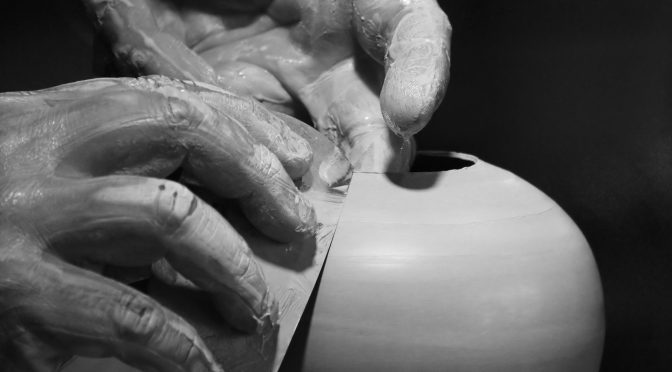Just One More Thing
Scope (or feature) creep is the surest way to inflate the cost of a project. It is when you constantly change the requirements even as you build the project. It can happen in any business for legitimate reasons: your business goals change, your audience changes, a new opportunity arises. It’s hard to avoid the big changes, but you can eliminate the little ones.
When your company was small, making changes was easy. The project owner could sit next to the creator and ask for changes. As your company got bigger, however, it became much more difficult. Now, you have more people involved in every project. Moreover, when you have a team of programmers working on your project, the worst thing you can do is ask for “just one more thing.
Another Way to Look at It
Consider a police sketch artist. The victim sits down with one artist and guides them. “The face was longer. The hair was shorter. The eyes were farther apart” Small, uncomplicated projects work that way. Projects that involve programming or engineering behave more like working with a police sculptor. Imagine that sketch artist sculpting a face in clay. Now when the victim makes changes (the head was longer), the artist has to undo a lot of their work and start over.
This affects timelines, also. Usually, your deadline comes from outside such as the date of an industry trade show. When a project’s scope increases, you have to complete the same amount of work in the little time you have left. Basically, you compress the project into a smaller window. And as we know from mechanics, compression generates heat.
Save Yourself Headaches
The best way to beat scope creep is to follow a proper documentation sequence. By defining objectives and requirements at the beginning of a project, you force yourself to divide the scope of the project into logical phases. You also give yourself (and the company) time to imagine everything they might need. You’ll save time and money, but you’ll also deliver a better product.
Image Credit: Greg Foster, “Clay” (cropped from original)

